Islam: Beliefs and Teachings
£6.40
This book presents Islam as a complete way of life, expressing clearly and concisely the basic beliefs, duties and teachings of Islam. Included are key aspects of Islamic history such as the life of the Prophet Muhammad, the formations of the Schools of Law, and looks at prominent Islamic men and women.
Read more
Additional information
| Publisher | 8th edition (1 Jan. 2006), Muslim Educational Trust |
|---|---|
| Language | English |
| Paperback | 240 pages |
| ISBN-10 | 0907261450 |
| ISBN-13 | 978-0907261452 |
| Dimensions | 14.9 x 21.1 x 1.4 cm |

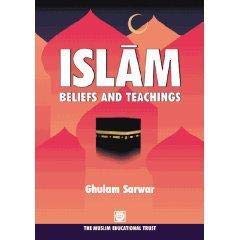
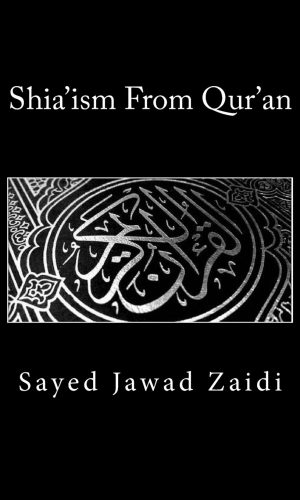
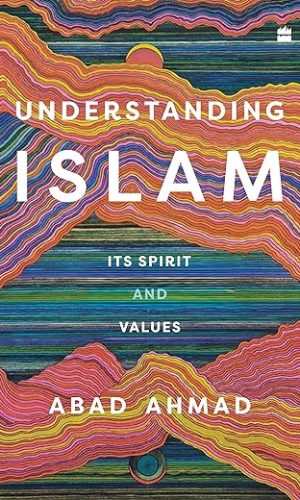
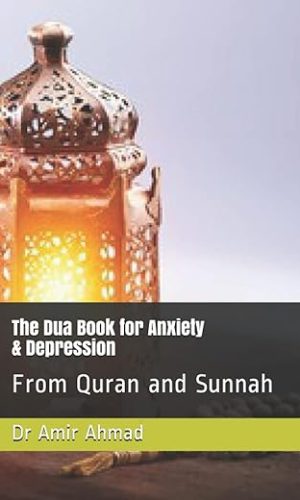
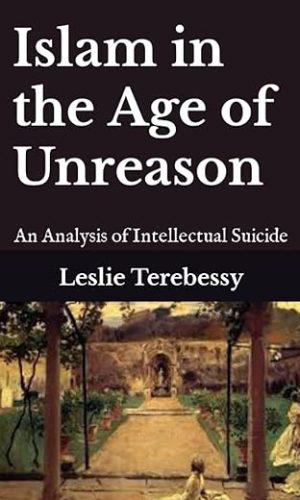
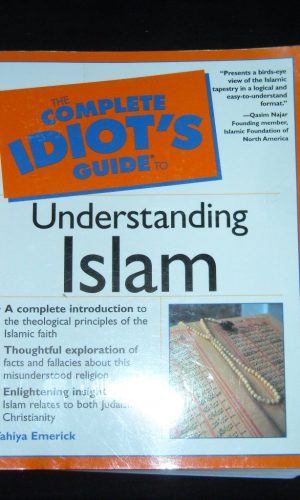

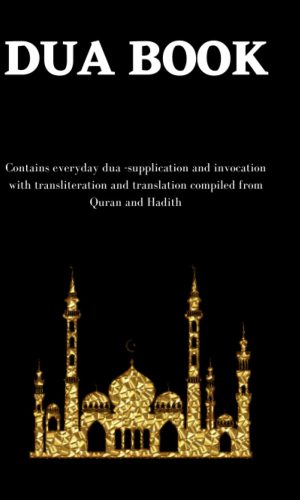
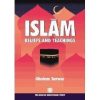
by Abdou Manneh
Good stuff
by Sherie
I used this book as a child to learn about my religion. I purchased one for my kids so they can in turn benefit. Easy reading and covers all the basics.
by Mohsan Iqbal
Item arrived on time and in perfect condition… I had this book when I was a kids, loved it so much and learned a great deal from it… Great Quality Product, would definitely recommend to all…
by Shazia
This book was delivered well in advance of the delivery date which was a lovely surprise. I previously purchased an earlier edition many years ago and was very happy to learn that it was still available and in its 8th edition! An extremely accessible book, highlighting common Islamic etiquette’s and prayers, as well as a detailing description on how to perform salah. A recommendation for all Muslim and non-Muslims who are interested in learning about Islam.
by Amazon Customer
I learnt from this when I was younger so I bought it for my children too
by Aissata
I will gift and buy this book a hundred times over, the most clear and concise study of an Islamic way of life, may Allah grant you access to Jannah Ameen.
by Anon
I read a book by ghost author as a child and needed an up to date version. This is a helpful guide.
by MR JOHN R CHAMBERLAIN
The first edition of this book was published 40 years ago, since when it has run to 8 editions and over a quarter of a million copies. If one were writing such a book now one would illustrate it with colour photos rather than pen and ink drawings. The target audience are students and each section has questions for Key stages 3, 4 and 5 (covering ages 11-18). A more modern book would either have more suggestions for interactive learning in the classroom, or an accompanying Teachers’ Guide. It is a book written by a Muslim for Islamic institutions, as it presents Islam as being the only correct way of life. It gives detailed instructions for fulfilling the 5 duties (pillars) of Islam. Secular state schools will prefer to study comparative religion along the lines of “Muslims believe this, Hindus believe that and so on” and leave parents to tell children which religion, if any, is true.
A strength of the book is that the explanations are concise and easy to understand, and a lot is covered in its 240 pages. It also makes extensive use of the original Arabic script (with English transliterations) for a number of terms, verses, and prayers, which would be helpful for anyone who knows or hopes to learn Arabic. It has to be selective, and a significant aspect is what is omitted e.g. any description or even mention of the varieties of Islamic belief (Sunni, Shi’a, Sufi, Salafi, Wahhabi, Alawite, etc.)
Whilst much of the content is common to all Muslims, the claim (p 125) that Abu Bakr was unanimously chosen as the successor to Muhammad ﷺ, and the positive account of A’ishah (p 139-9), makes this a Sunni rather than Shi’a book, and the requirement that women should “cover their whole body including part of the face” (p 174) and the approval given to the efforts of Jama’-at-e-Islami to establish a true “Islamic system of government” in Pakistan (p 171) and the listing of 6 books by Abul A’la Mawdudi in the bibliography (P 219-20), and the omission of Mawlid from the list of festivals (p 175) point to this being a conservative, possibly Salafi account of Islam.
Educators will want to know if this book encourages extremism. Having read it I would say it does not encourage the worst excesses, but neither does it condemn them. Quranic descriptions of Paradise and the promises that martyrs will go to Paradise may have motivated Muslim armies down the ages, and terrorists in recent time, but this volume makes no mention of that. p169 does quote the Qur’anic verse (5:38) about cutting off the hands of thieves, and goes on to say “this order cannot be changed”. P170 says “The Islamic political system makes the ruler and the government responsible first to Allah and then to the people”; the books says nothing about the pros and cons of democracy.
If non-Muslims read anything about Islam, it tends to be through the lens of non-Muslim or liberal Muslim authors. For anyone wanting an account by a true conservative, it is worth reading.